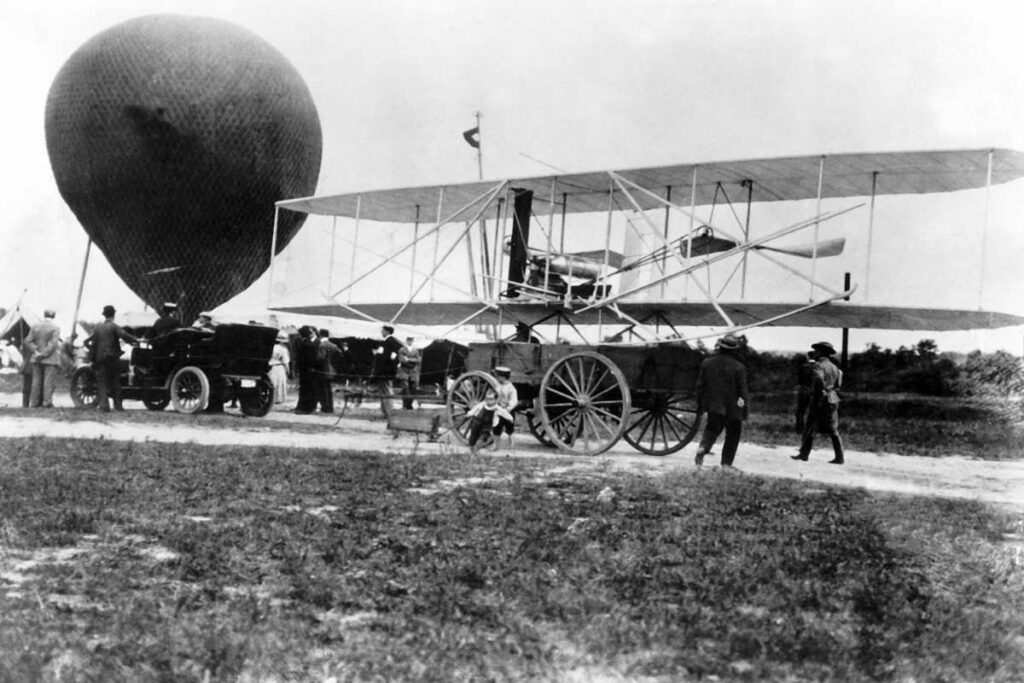On December 17, 1903, history was made. Two men, the Wright brothers, fueled by their tenacity and daring desire, finally went airborne. Although only for a few seconds, it was the extraordinary moment humanity had long waited for – a day many never thought would come. Orville and Wilbur Wright were fulfilling a centuries-old desire – to see humans fly.
For thousands of years, humans have been awed by stories of men flying side-by-side with the birds. The Greeks adore Bellerophon, the courageous son of the King of Corinth for his heroics in battle. But even much more admiration came from his exploits in the air. He was said to have captured a winged flying horse called Pegasus which he rode on to subdue his enemies.
There is also the Greek enigma Daedalus, a man who was uncommonly gifted in craftsmanship. Legend had it that in collaboration with his son Icarus, the man designed a wing using wax and feathers. Using his invention, he flew from Crete to Naples. But his adventurous son, Icarus, violating his father’s warnings, flew too close to the sun, melted the wax holding the feathers, and fell into the ocean to his death.
As tragic as his death was, it hasn’t been enough to stop humans from dreaming. From one generation to another, men and women had imagined the possibility of gliding in the sky and moving through the clouds. Centuries before the Wright brothers, individuals had gone to work to actualize these dreams. Flying in the air has always been a matter of time.
The Chinese Kites: A Flicker of Hope
If men were going to give up on flying, a number of reminders kept the dream alive. One of them was the popular kite flying in China. The Chinese placed many colorful kites in the air to add beauty to their religious ceremonies. This tradition which has been recorded since around 400 BC served as a glimmer of hope in the journey to see mankind in the air.

Many humans have privately attempted to fly. There are records of people attaching feathers to their arms and trying to levitate. Others who felt feathers weren’t strong enough to carry the weight of a human tried using pieces of flat wood instead; all to no avail.
It was clear that taking humans to the sky would require more sophisticated planning and execution. Then came the age of the critical thinkers like Hero of Alexandria, Leonardo da Vinci.
The Aeolipile: A Greek Philosopher Gets the Ball Rolling
During the first century, a respected Greek philosopher, Hero of Alexandria put his brain to work and achieved one of the first significant steps in placing mankind in the sky.
The mathematician and engineer resided in Egypt from where he made many groundbreaking discoveries. However, his most famous work, the Aeolipile, was what began the journey to aircraft invention.
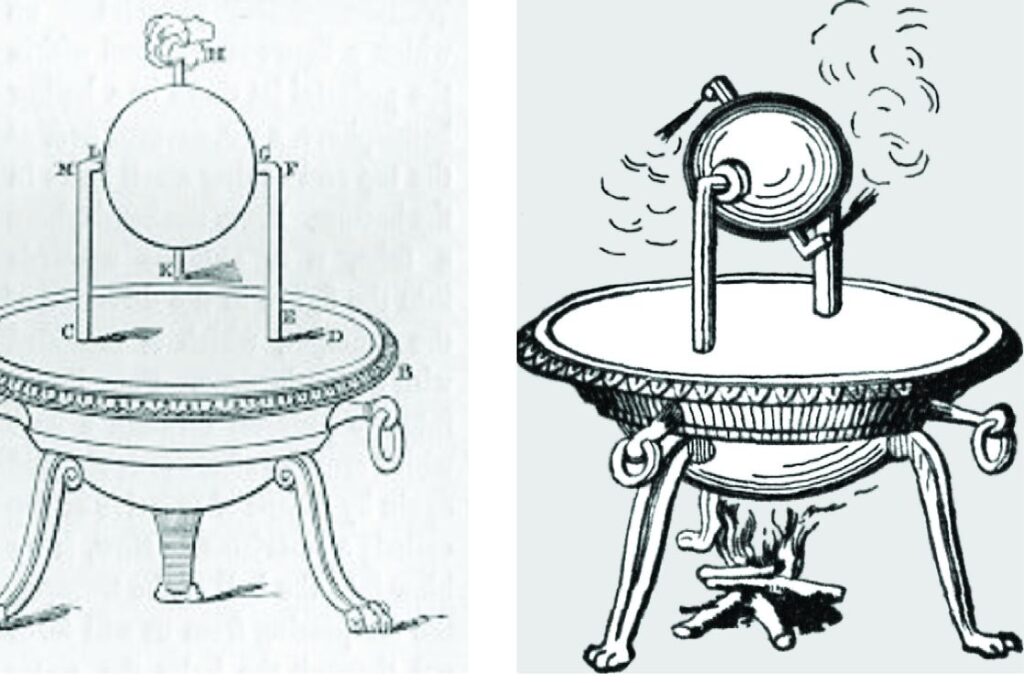
The Aeolipile was the first ever steam-powered engine. Its significance to the building of aircraft was its ability to use steam to cause objects to rotate just like the blades of a helicopter. He was the first to create a power source with steam – another aspect of his invention that in the long run, provided the inspiration for the first aircraft’s operation.
Leonardo da Vinci’s Ornithopter (1505)
However, it was Leonardo da Vinci (1452-1519) who made the first direct breakthrough in human flight. Da Vinci theorized heavily on a human machine that could suspend mankind in the air. The Italian artist and inventor documented his thoughts in a book he titled “Codex on the Flight of Birds.”
The book contained numerous drawings and ideas on how we could achieve flight. Specifically, he proposed the development of a heavier-than-air machine and a parachute.
His research on the science of flight covered thousands of pages. He sketched over 100 drawings too. He published his findings in 1505. His conclusion was that human flight was achievable.
His creation was called the Ornithopter. It was a machine that looked like a bat. The flying vehicle had very large bat-like wings on either side and seemed pretty promising. But he never brought his idea to life. The machine was never created.

But before he died, he had done enough for the next generation. His work laid the foundation for where we are today. It was also the template for the design of the helicopter.
Joseph Michel and Etienne Montgolier’s Hot Air Balloon (1783)
French brothers, Joseph Michel and Jacques Etienne Montgolfier, were the next major contributors to the human flight project. In 1783, after years of research, they came up with the hot-air balloon.
The Montgolfier brothers had a strange idea and technique. They first pumped a balloon with hot hydrogen using smoke from a fire. They directed the air into their “balloon” which was a silk bag attached to a basket. As the air rose in the bag, it had enough lightness to take the basket along to the sky.
The first to enjoy this new technology were a duck, a sheep, and a rooster. These animals experienced a historical ride that lasted for over a mile and reached a height of 6,000 feet.
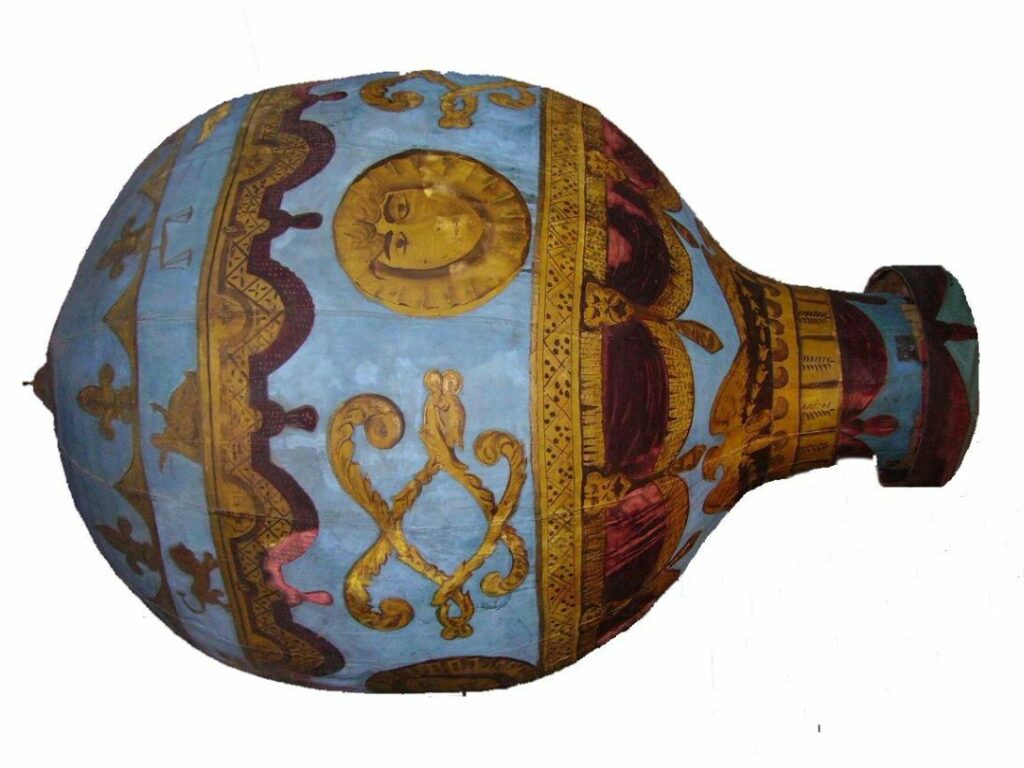
The next flight which happened on November 21 in the same year had a human on board. The two brave passengers of the hot air balloon’s first manned flight were Jean-Francois Pilatre de Rozier and Francois Laurent.
George Cayley’s Glider (1853)
The next genius to participate in the development of human flight was Englishman Sir George Cayley (1773-1857). From 1799, he began to build what is known as the first hand-launched glider. His plan finally succeeded in 1853. By this time, the legislator who was a member of the House of Commons was in his 70s.
He designed numerous versions of the machine throughout his research years. One of his major adjustments affected the shape of the wings. Sir Cayley, also called “the father of aviation,” switched to a new wing that would offer less opposition to airflow.
His machine made its first flight in Brompton Dale in 1853.
Due to his age, he couldn’t fly the machine. his servant manned the aircraft, directing it with his body movements. But it only flew for 200 yards before it crashed into the ground. Unfortunately, his servant broke his leg in the accident.
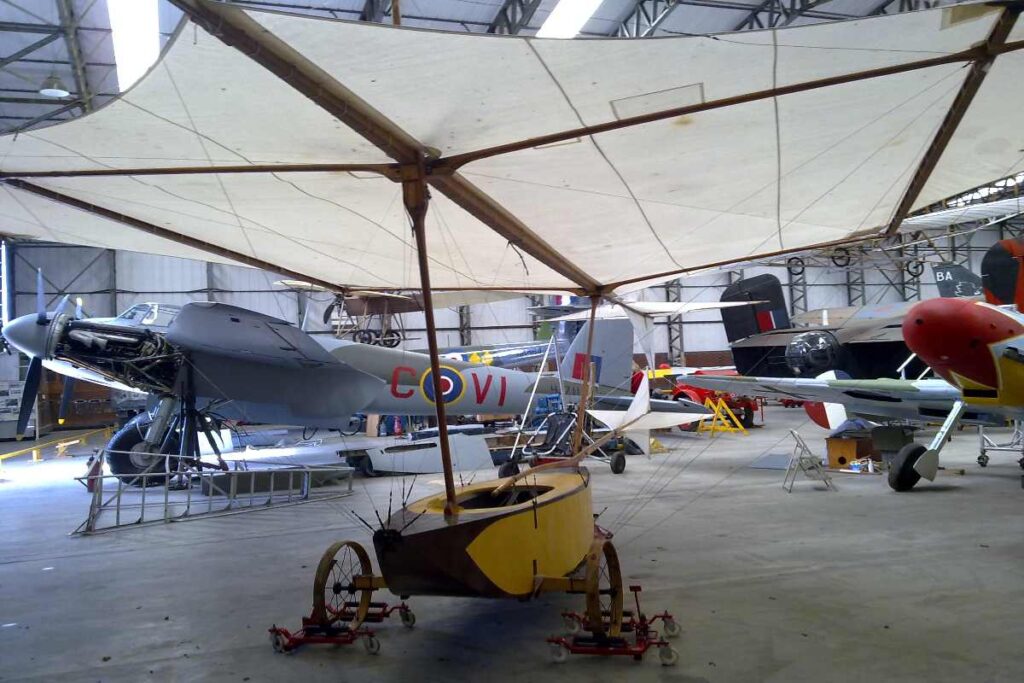
Not only did Sir Cayley present a groundbreaking invention, he also made breakthroughs in aviation science. He was the first to discover the four forces of flight – drag, lift, thrust, and weight.
His knowledge and invention have been immensely useful in the aerospace industry till date. Also, the Yorkshire Air Museum still has a replica of his glider on display. The museum’s communications manager, Jerry Ibbotson during an interview was full of praise for Sir Cayley’s contribution to flight technology.
“People who understand the world of aviation understand how important his work was because it wasn’t just the thing that he built, it was the principles behind it,” he said to the BBC. He disclosed that Sir Cayley’s work has also been found relevant in the sports and automobile industry.
“Even Formula 1 cars use that principle, turned upside down so their cars at 200 mph don’t take off. They’ve taken Cayley’s wing, flipped it upside down into a spoiler that keeps the car on the ground,” he added. The Wright brothers also acknowledged that Sir Cayley’s research influenced their achievements.
Otto Lilienthal’ s Gliders (1889)
After Sir Cayley came another era of human flight research. The first major contributor in the 19th century was German engineer and aviation expert, Otto Lilienthal. Also known as the “glider king,” Lilienthal was born in 1848 and began his flight research in the 1870s.
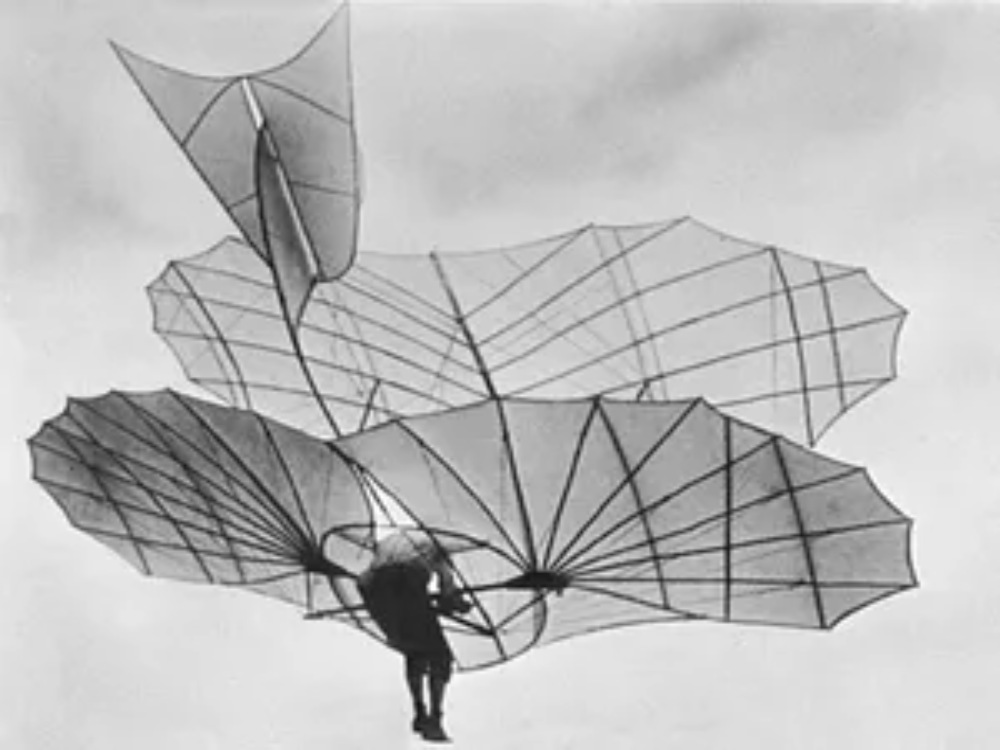
In 1889, he published his findings in a book he titled “Bird Flight as the Basis of Aviation.” The book explored the principles influencing wing flight. The Wright brothers used this book in developing their aircraft a few decades later.
His research resulted in the development of a glider that could fly an individual for longer than Sir Cayley’s. He built 16 different gliders with each one coming with some adjustment. These gliders collectively performed about 2000 flights.
At the time, photography had experienced some more advancements, allowing him to capture multiple flights. Many pictures show Lilienthal in the sky as he manned his machines.
These images spread far and wide appearing in numerous newspaper publications. They produced great hopes about the possibility of human flight. They probably also inspired many young scientists and engineers to give their energy and time to the cause.
Unfortunately, Lilienthal died on August 10, 1896, aged 48. He passed on in a hospital after he crashed his glider and broke his back.
Samuel Langley’s Aerodrome (1891)
In 1891, Samuel Pierpont Langley, an astronomer and engineer, provided a highly valuable contribution to human flight research. That year, he unveiled the aerodrome, the man-carrying machine which was the final product of his work.
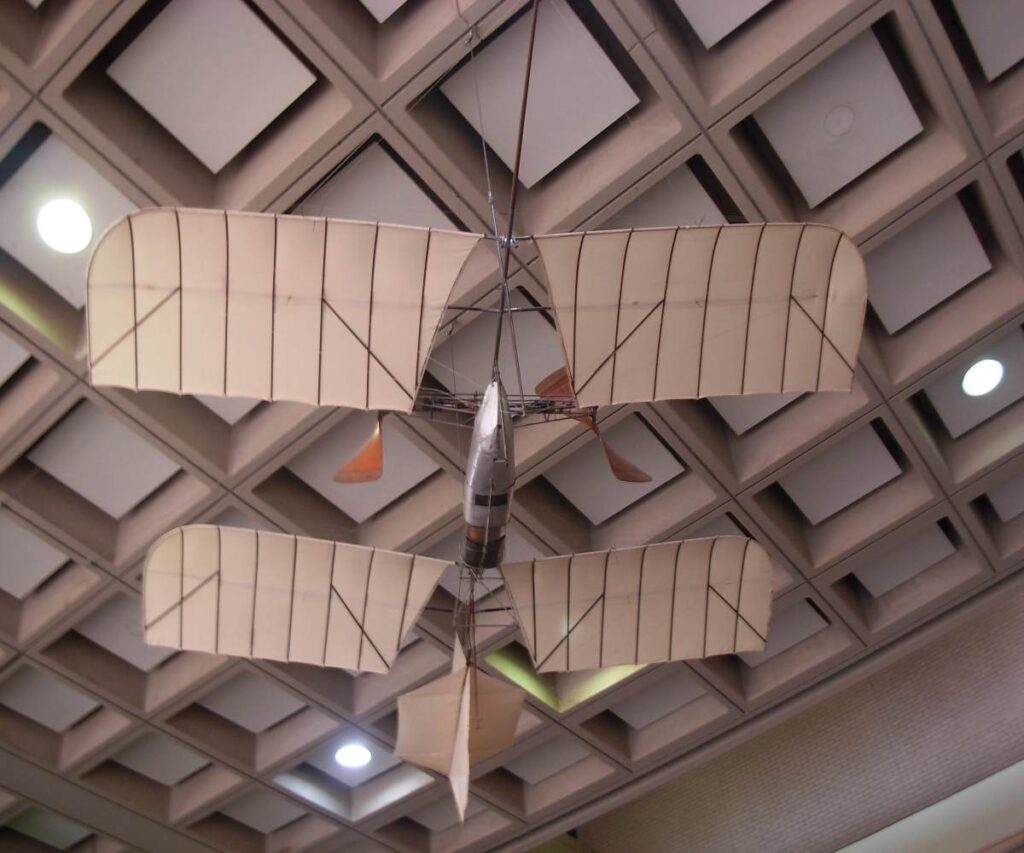
The aerodrome successfully flew for almost a mile before its fuel ran out. Langley then decided to build a larger version of the aerodrome. He won a grant of $50,000 and went to work. Sadly, the larger aerodrome was too heavy to fly. Langley then got discouraged and stopped working on the project.
Meanwhile, in 1876, another German engineer, Nikolaus Otto had a breakthrough. He devised a more powerful way to propel an aircraft. The core of his achievement was the discovery of an advanced gas-powered combustion engine.
This new innovation was lighter and more efficient. This was a major upgrade from the previously used steam-powered engines.
Orville and Wilbur Wright (1903)
Then came the Wright brothers, Orville and Wilbur. Growing up in Dayton, Ohio, the pair developed a love for flight. As kids, their most cherished toy was an object that looked like a helicopter. It had blades that were propelled by a rubber band.
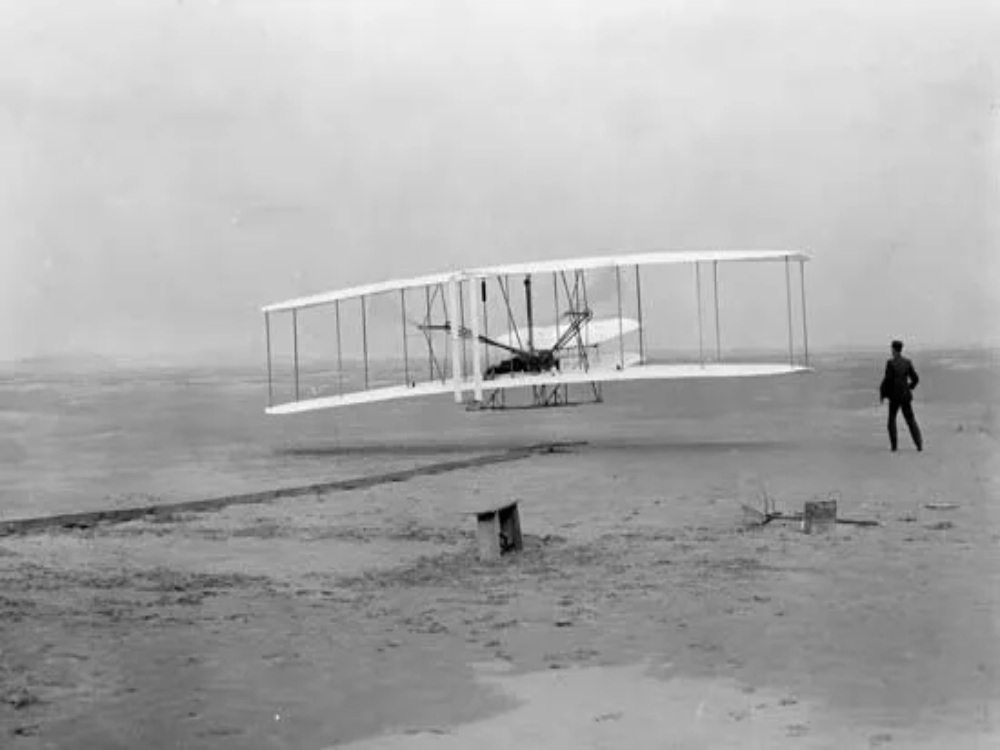
They then decided to build something of that fashion. Their dream machine would hold both of them and take them into the sky. But first, they had to save up enough money. To fulfil the financial requirement for such a project, they worked in a printing press, a bicycle repair shop, and finally, as bicycle sales reps.
Meanwhile, they carefully studied the innovations that brought about the gliders and the aerodrome. When the time came to unleash their genius, they moved to Kitty Hawk, North Carolina.
They soon figured out that the major missing piece of the puzzle was engines. If they could build suitable engines, the aircraft would possess enough power to stay longer and fly faster in the air.
They first gained experience by flying large kites, then they progressed to building gliders. The brothers built their first airplane, the “Wright Flyer I” in 1903. It ran with a gasoline engine and had wooden propellers.
Initially, the machine failed to leave the ground despite multiple attempts. But on December 17, 1903, the brothers smiled with fulfillment as their invention took off and stayed in the sky for 12 seconds. The plane weighed 600 pounds and its engine produced nearly 12 horsepower.
Orville made the first flight and reached a height of 120 feet. Wilbur took over for the second flight. They each flew the aircraft twice that day with Wilbur’s final flight reaching 850 feet. The machine stayed in the air for 59 seconds.
The boys were motivated. They returned to Ohio and kept working on an improvement. The “Wright Flyer I” was pretty unstable in the air and difficult to control. But two years later, they came up with a solution.
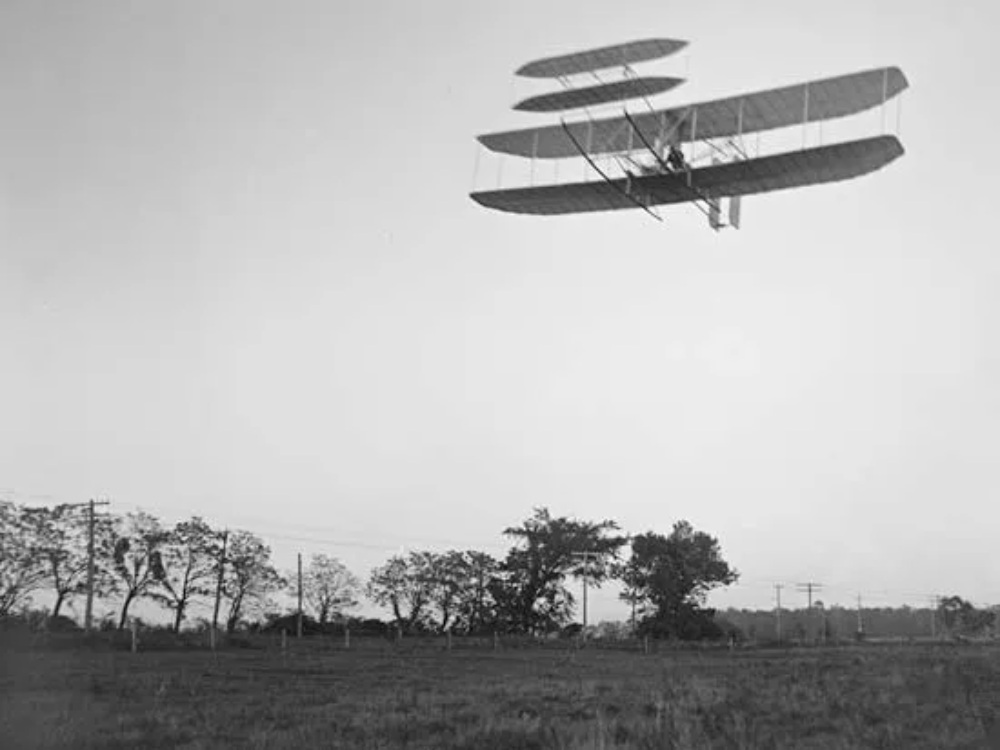
First, in 1904, they unveiled the Flyer II which was a slightly larger aircraft. They made 105 flights with it in a total time of 45 minutes. During these flights, they made the first 360-degree turn in an aircraft.
Later on, they presented the flyer III on October 5, 1905. Wilbur Wright flew it for 39 minutes. It finally ran out of fuel after it had traveled for 24 miles. At this point, it was clear that mankind had successfully fulfilled a long-held desire. Man was finally able to fly.
Other Milestones
Thereafter, the advancement of the airplane became more rapid. Many engineers began to develop better versions and designs. Frenchman Paul Cornu, Italian, Enrico Forlanini, and American, Igor Sikorsky, were the notable contributors.
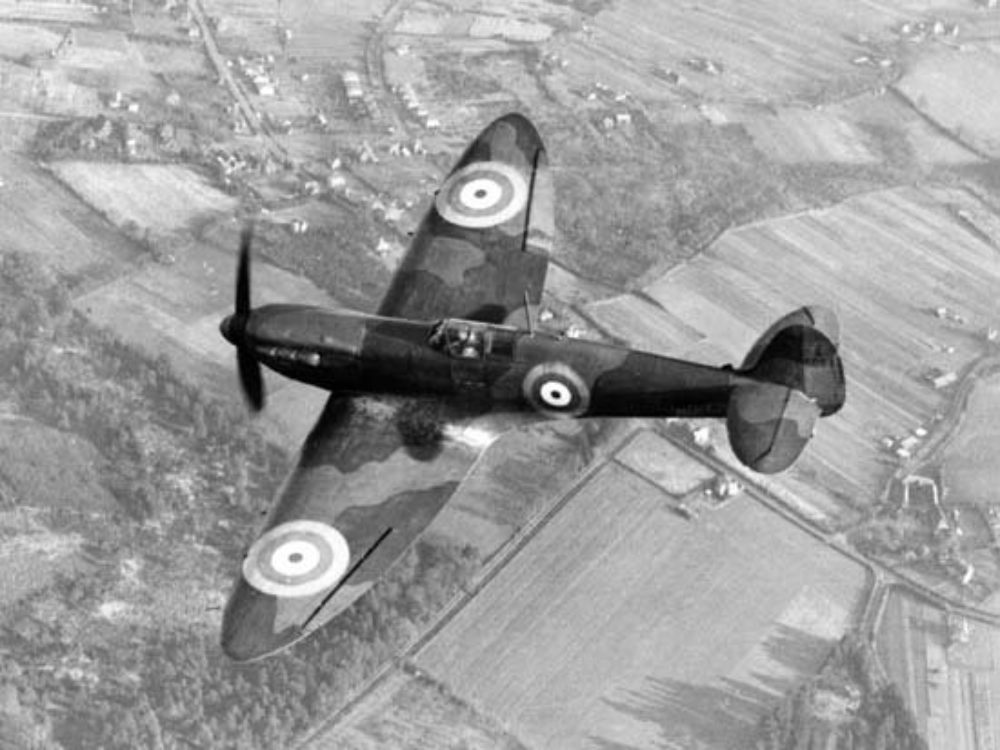
In October 1911, Italy became the first nation to introduce airplanes into its military. Thereafter, on January 1, 1914, the world witnessed its first commercial passenger flight. The plane had the mayor of St. Petersburg, Florida, Abe Pheil as its only passenger. Pilot Tony Jannus, took control of the plane. The mayor paid $5 for the flight which began and ended within the Tampa region.
The development of the airplane was once again accelerated. This time, by necessity. By 1914, World War I caused nations to clash heads. In a bid to outdo one another, various governments contracted engineers to work on creating faster and more deadly airplanes.
This competition has continued to date. Now we have fighter jets such as the American-made Lockheed Martin F-35 which is difficult to spot with the eyes or detect on a radar. In response, Russia came up with the Sukhoi Su-57 with its equally advanced radar-eluding capabilities and situational awareness. China has also produced a stealthy and long-range flight fighter jet called the Chengdu J-20.

There’s also the French Dassault Rafale with its advanced search and track system plus ultra-precision. Interestingly, France was also the leading producer of aircraft during the First World War.
Things were also moving fast in the commercial aviation section. In 1919, it was finally time to undergo the first-ever transatlantic flight. British war heroes John Alcock and Arthur Brown took charge of the cockpit for the 16-hour flight. However, the flight wasn’t successful as the plane crashed into the ground somewhere in Ireland. Luckily, both men emerged unhurt.
In 1986, another feat was recorded. Two American pilots completed a flight around the world. Jeana Yeager and Dick Rutan didn’t land the plane or stop for refueling.
To date, records are still being broken in aircraft manufacturing. Companies such as America’s Boeing, Honeywell, Raytheon Technologies, and Lockheed Martin, Dutch’s Airbus, Russia’s UAC, and China’s Comac’s are leading the way in innovation. Airbus is currently the largest airplane manufacturer in the world.
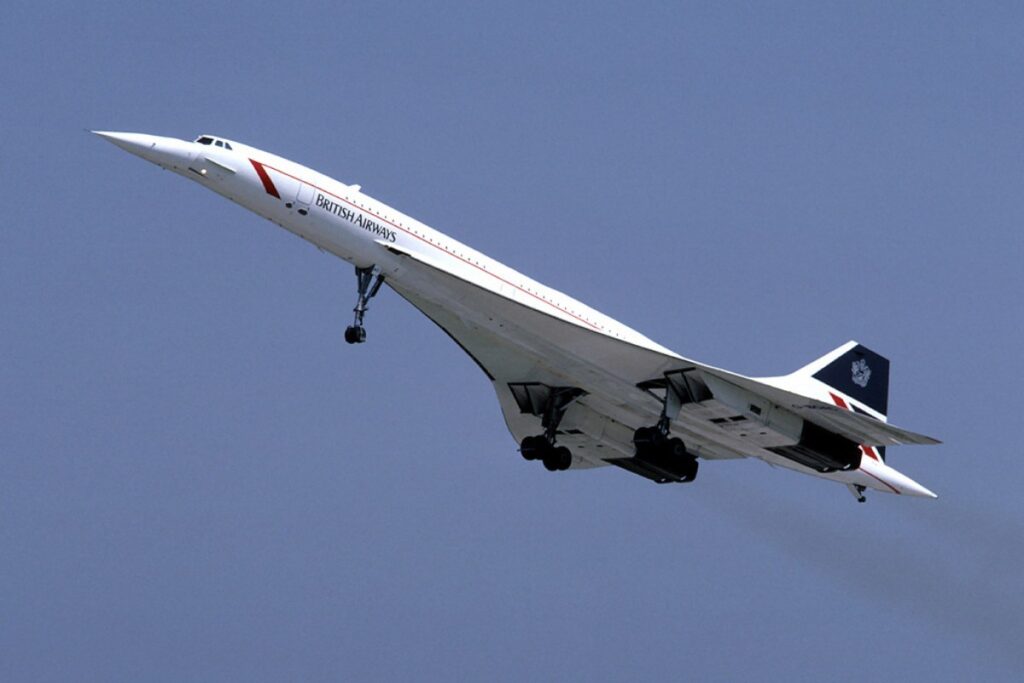
Manufacturers have introduced fascinating changes such as advances in navigation, communication, and monitoring technologies. Planes and fuels have been modified to reduce the impact on the environment.
One of the most impactful advancements in aircraft technology over the past few decades is the use and development of electric propulsion systems. This has reduced the noise from aircraft amongst other benefits. In production, planes are now made of lighter composite materials like carbon fiber. The use of the materials makes for more durable planes, plus they keep the fuel burning for longer.
Also, pilots have had it easier over the years. They now have more seamless control of the plane with touchscreen displays and augmented reality systems. Lastly, there’s also the development of unmanned aircraft.
It’s safe to say that the quest that began thousands of years ago is still in full swing. In fact, now more than ever before, the drive to stretch the limits of human capabilities in the air is burning with unmatched intensity.


